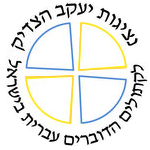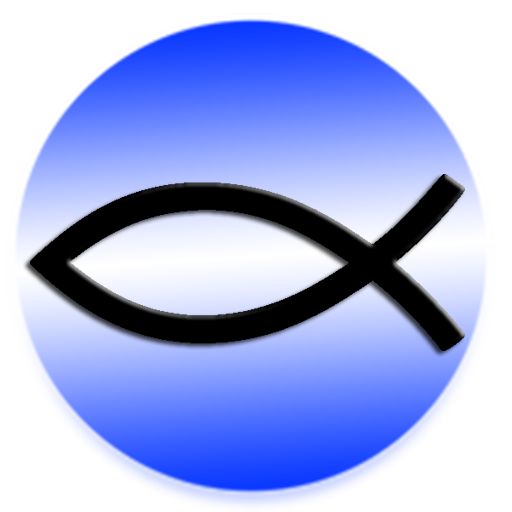Ziv: Parashat Ki tissa 2
Each week, Gad Barnea or Sister Agnès de la Croix (from the Community of the Beatitudes) proposes a reflection on the portion of the Pentateuch that is read in the synagogue (parashat hashavua). This week the portion is from Exodus 30:11 – 34:35 with the haftarah (additional reading) from 1 Kings 18, 1-39. They call their reflection “ziv” – a ray of light.
![]()
This week we see Moses on Mount Sinai set to receive the tables of stone written by the finger of God. The story that follows is well known: the people are tired of waiting for the forty days to pass, and they ask Aaron to make them a god. When Moses comes down from the mountain, he already knows that the people has made a god, as God had told him. But he also discovers that the people “rose to dance”. The two Hebrew verbs used here have a connotation of sexual immorality. The second one, “tsoheq”, can be found for example in the description the relationship between Isaac and Rebecca, when they are unknowingly seen by Abimelekh (Genesis 26:8. Cf. Ziv on Parashat Toldot ). In the Bible, idolatry is almost always linked with sexual immorality and adultery. We can therefore make a connection with the tables received from God, that Moses is about to break at the foot of the mountain.
The ten words (or ten Commandments) are written on two tables, and each of them has to be read with the one that faces it. The first one, which is the commandment to adore only one God, is to be read with the sixth one : “You shall not commit adultery”. We can thus understand how some commentaries interpret Moses’ reaction: he broke the table not simply out of some anger that he is not able to contain, but rather, as the sign of an extreme mercy (Exodus Rabba 43,1). He broke the document on which the condemnation of the people was spelled out. We have to read again the dialogue on the mountain in order to understand this. Moses had just prayed for the people : “If you will not forgive their sin, erase me from the book which You have written!” Moses’ prayer reveals the importance of participation, of giving or doing something to obtain blessings. This can also be seen in the section where the women are giving their mirrors to produce the laver of copper and also, in contrast, we see the people giving their earrings to produce the golden calf. The tables written by the finger of God will be broken, and written again. However, according to the Talmud, the pieces of the first ones will be scrupulously kept in the arch: they maintain their holiness. The tables of stone symbolize the “ketuba”, a contract of marriage that is given by the husband to his spouse, even until our days. This contract describes the rights and duties of the couple; marriage is the image of the covenant that God wants to make with his people, in the midst of their unfaithfulness…
The midrash (Exodus Rabbah 41,16) establishes a connexion between the verb “to finish” (18), in Hebrew, “kallo”, and “kalla”, fiancée. Moses, and later on, the people, are considered as engaged by this tables. Another connexion is done between “even”, stone, and ”av-ben”: “from father to son”: these tables are made to be transmitted from generation to generation, and not to be preserved unseen. Lastly, another midrash (Exodus Rabba 46) parallels “kala” and “klal”, which means “generalities”. In this episode of Sinai, Moses may have received only the general principles of the Torah, which will be developed later on, in the oral Torah. Shabbat shalom.











 Reflecting on Purim and on Lent
Reflecting on Purim and on Lent Rosh HaShana – the Feast of God the Father
Rosh HaShana – the Feast of God the Father Four Words For the Easter Season
Four Words For the Easter Season Ash Wednesday of T. S. Elliot
Ash Wednesday of T. S. Elliot Holy Wednesday
Holy Wednesday Epiphany – the light will conquer the darkness
Epiphany – the light will conquer the darkness